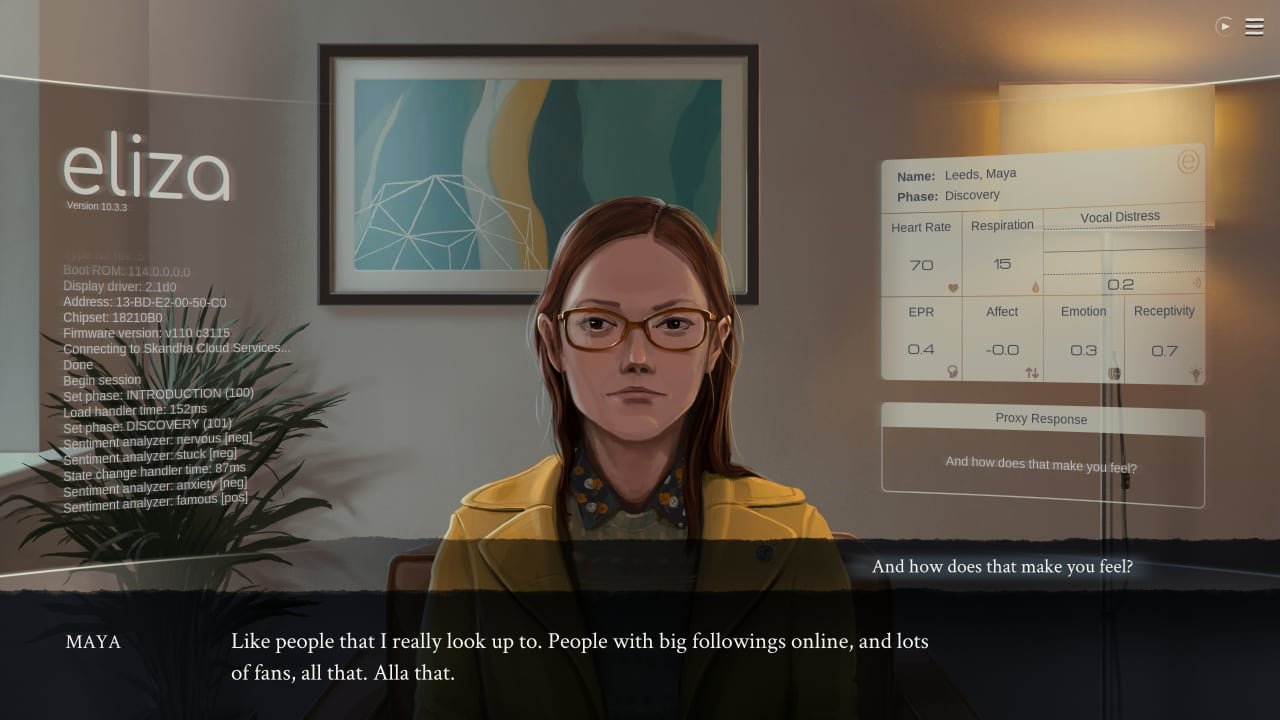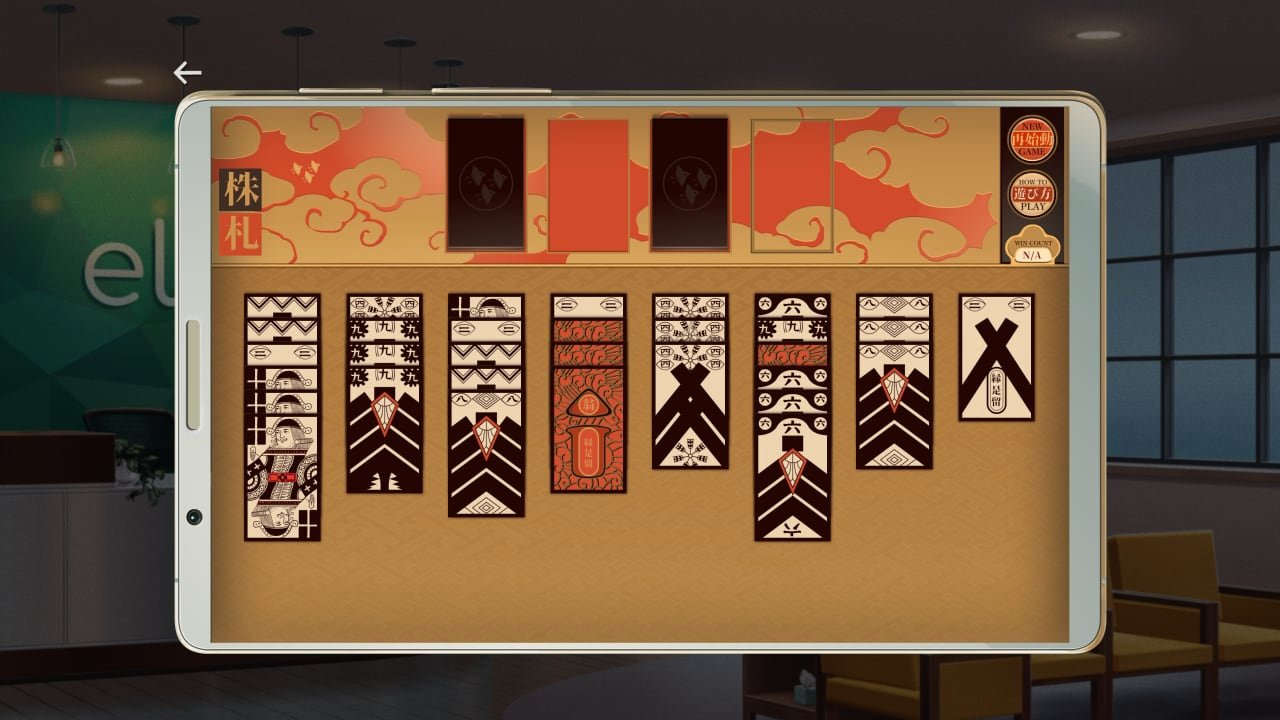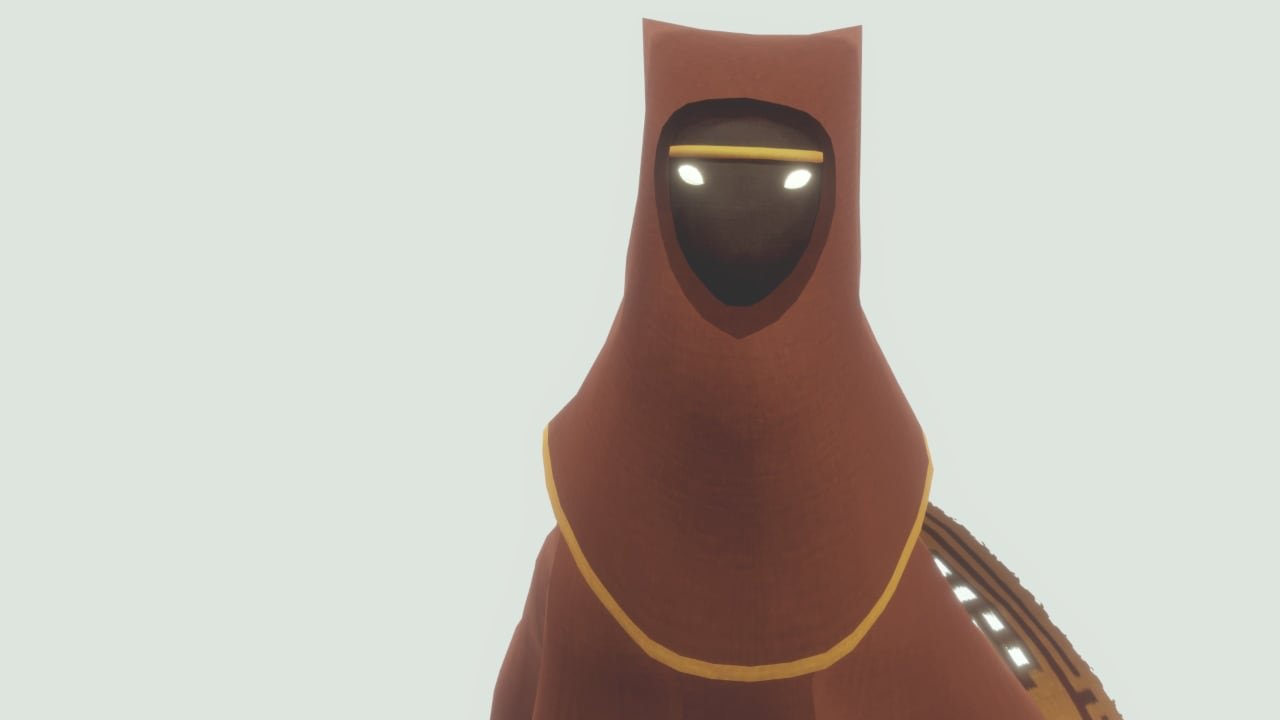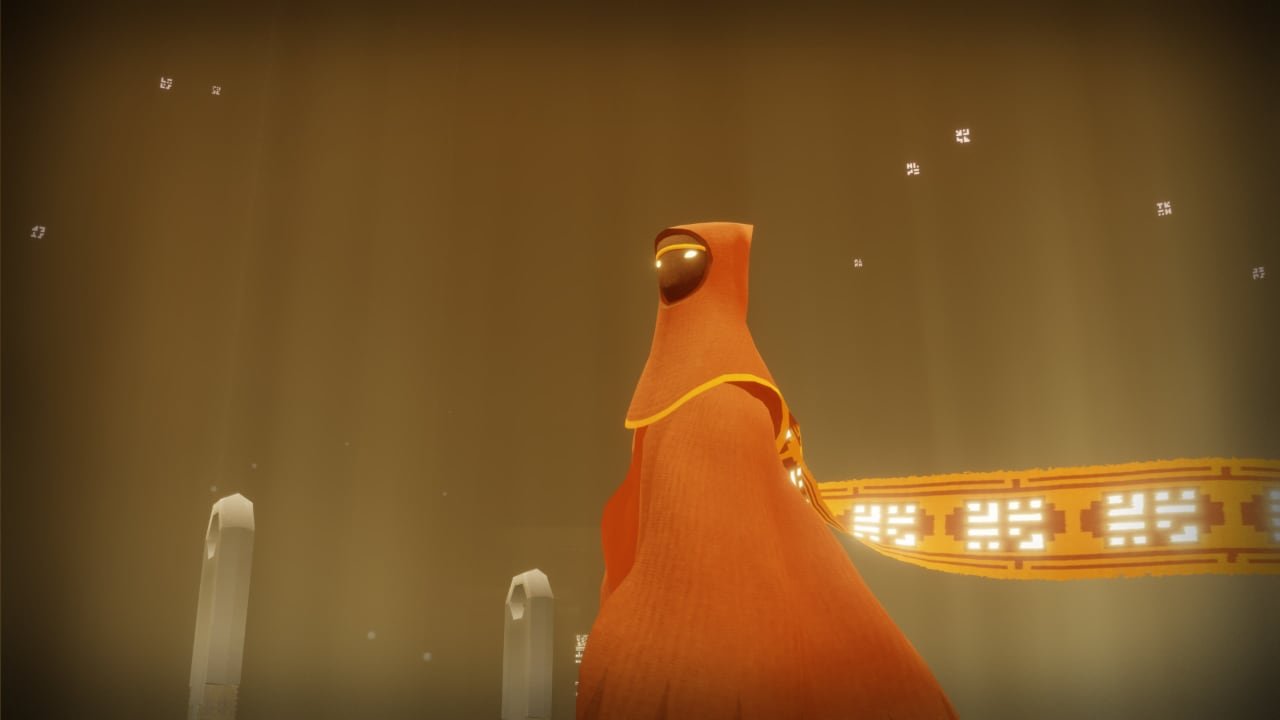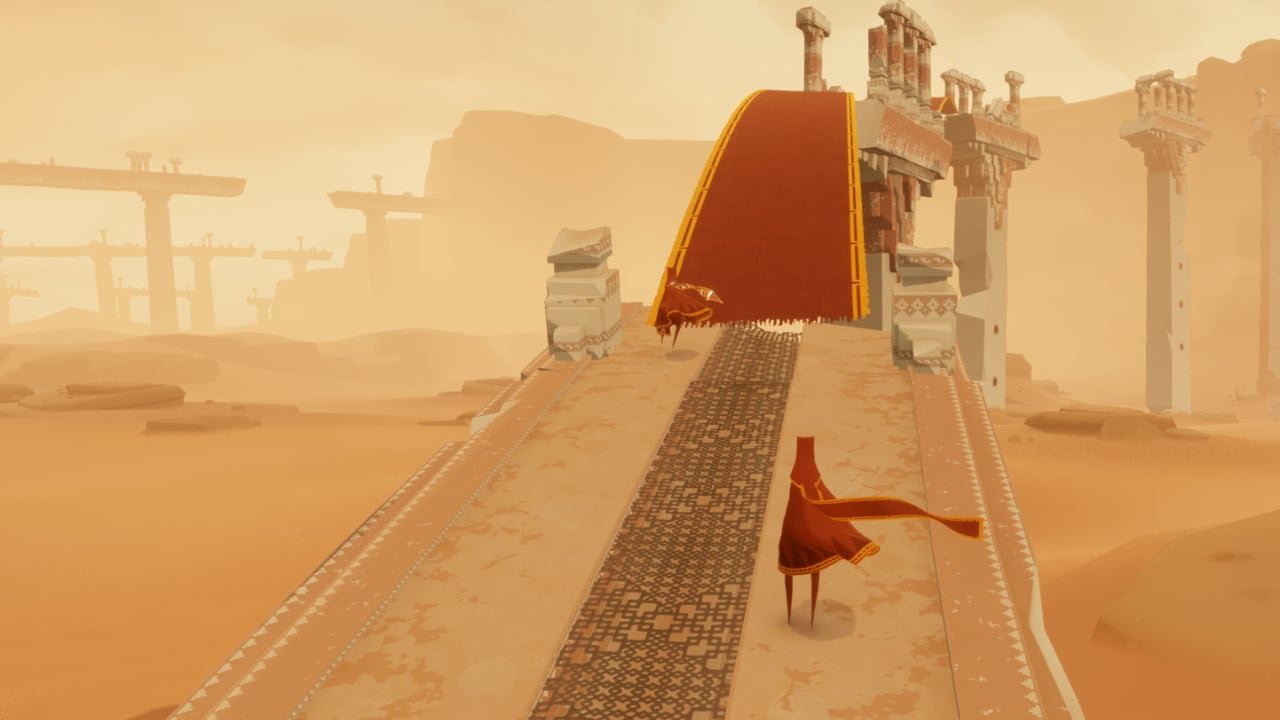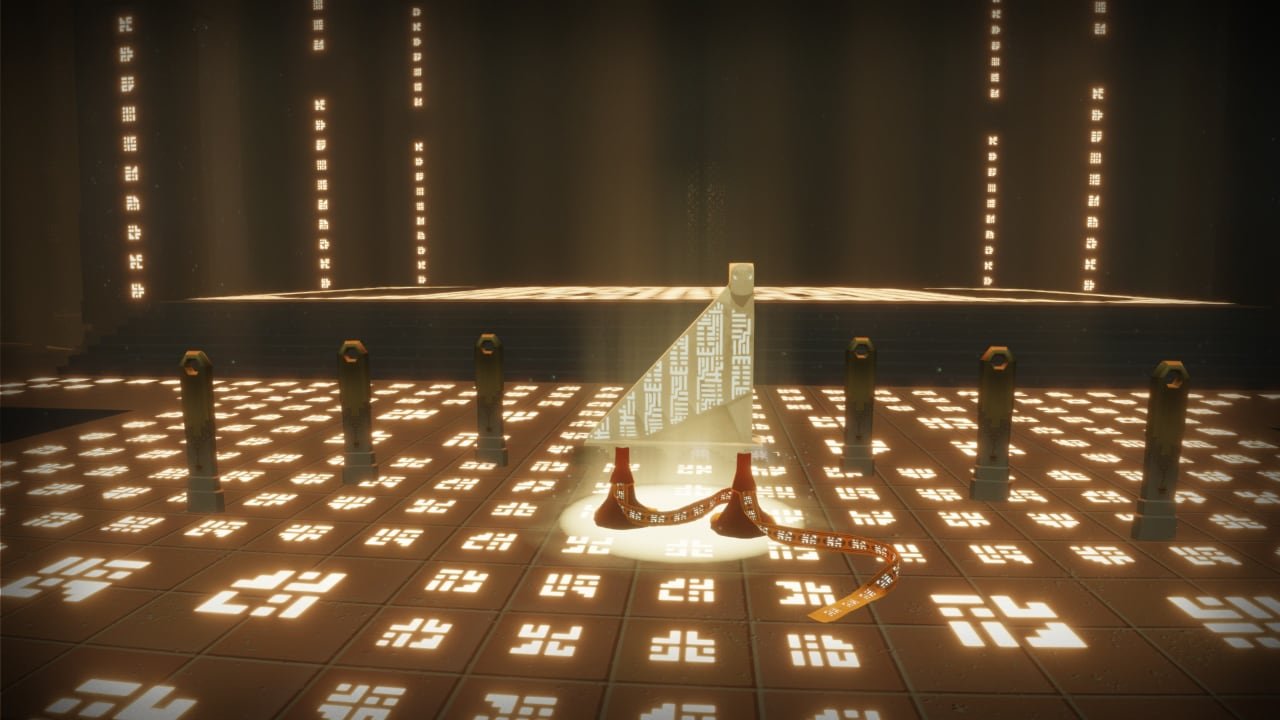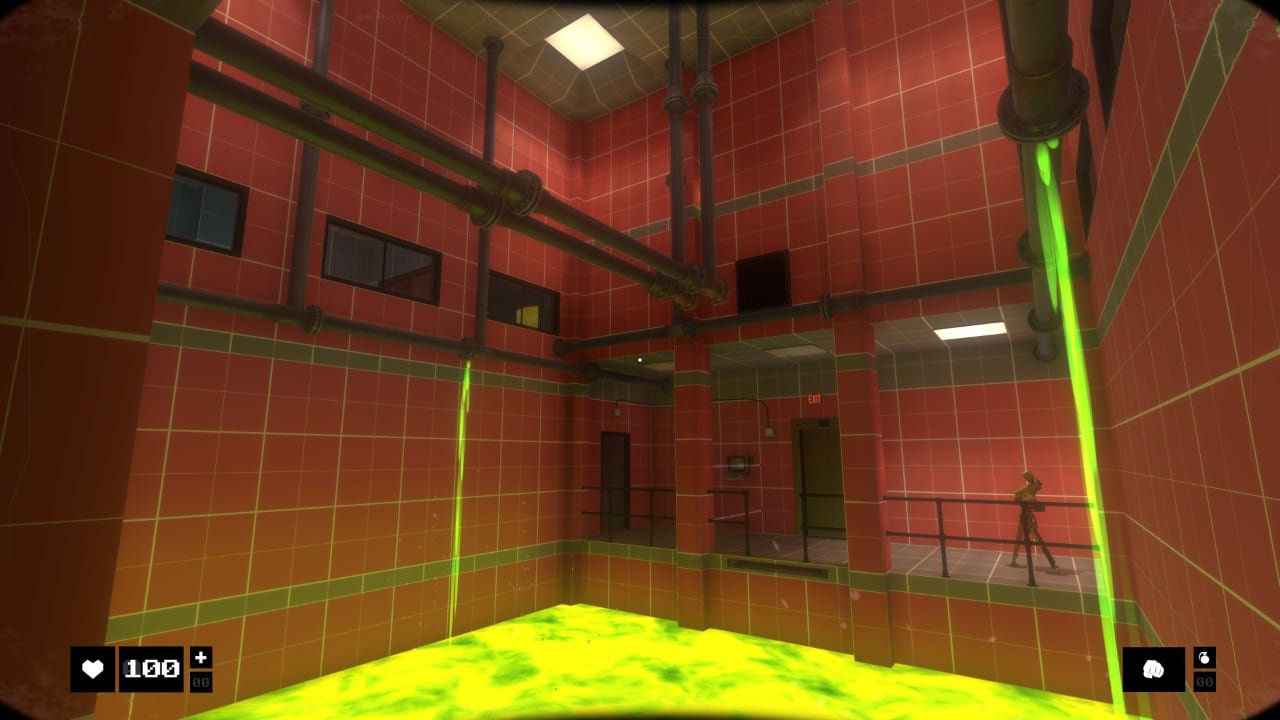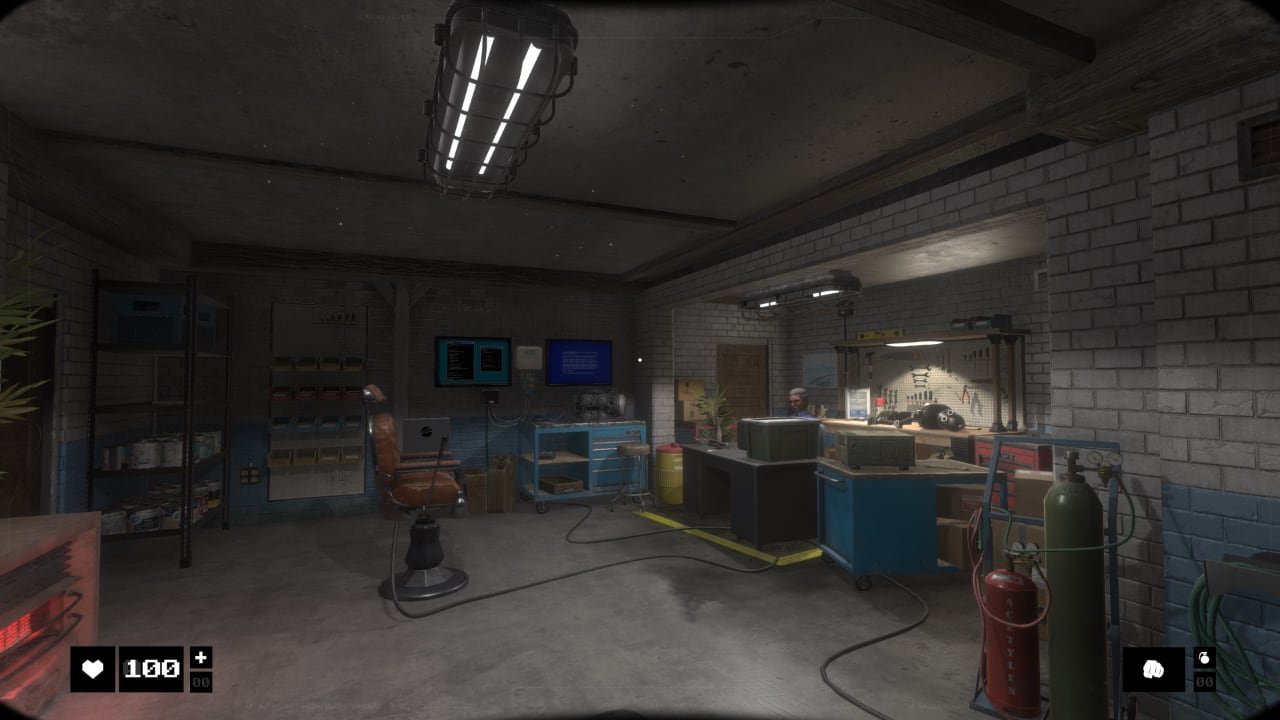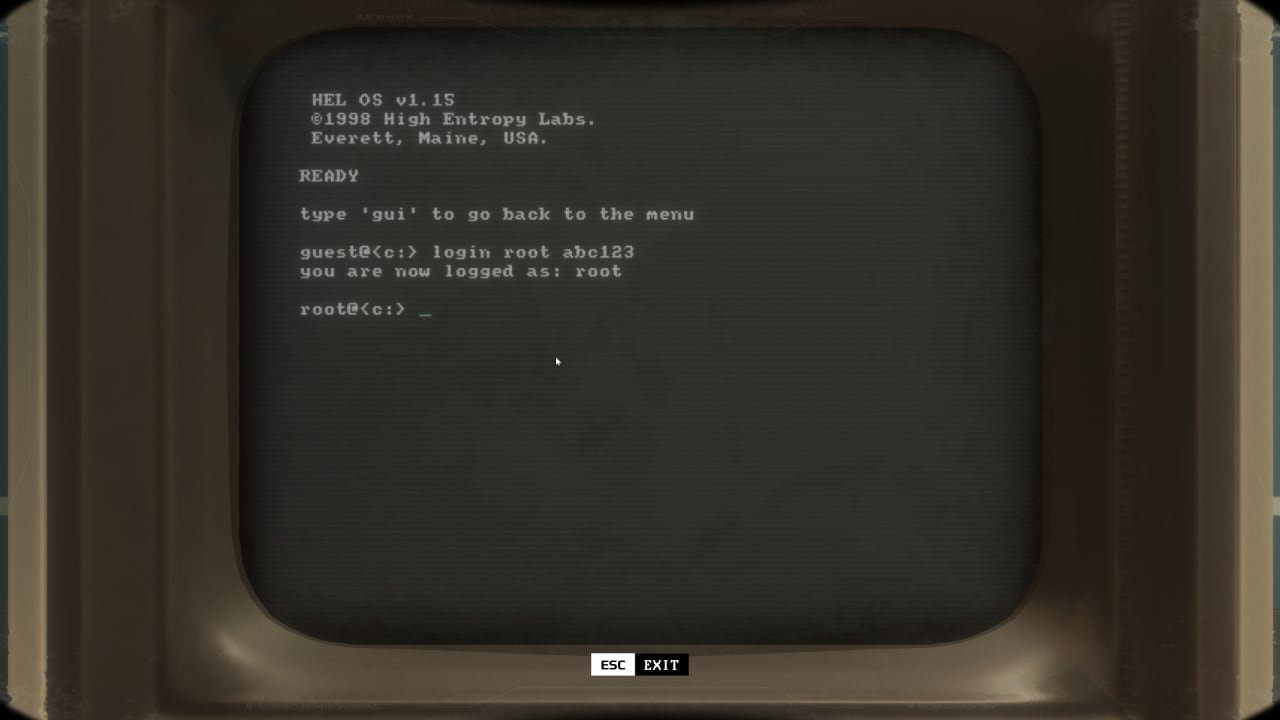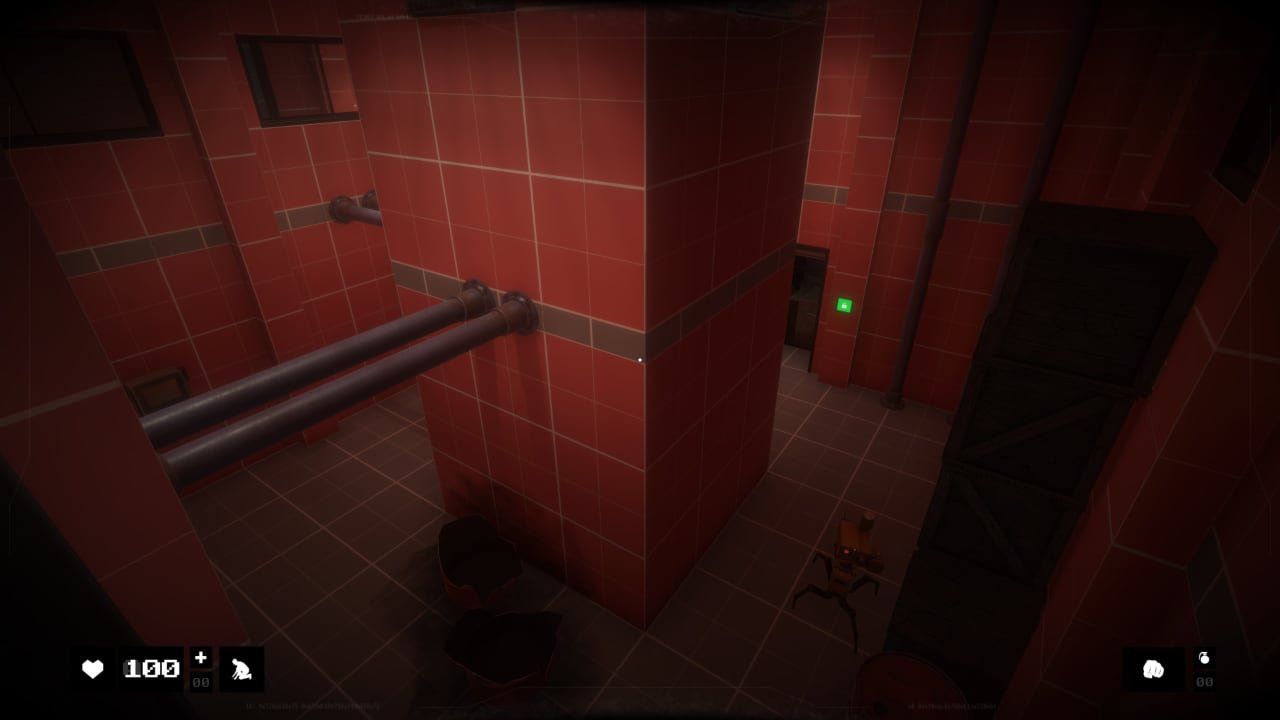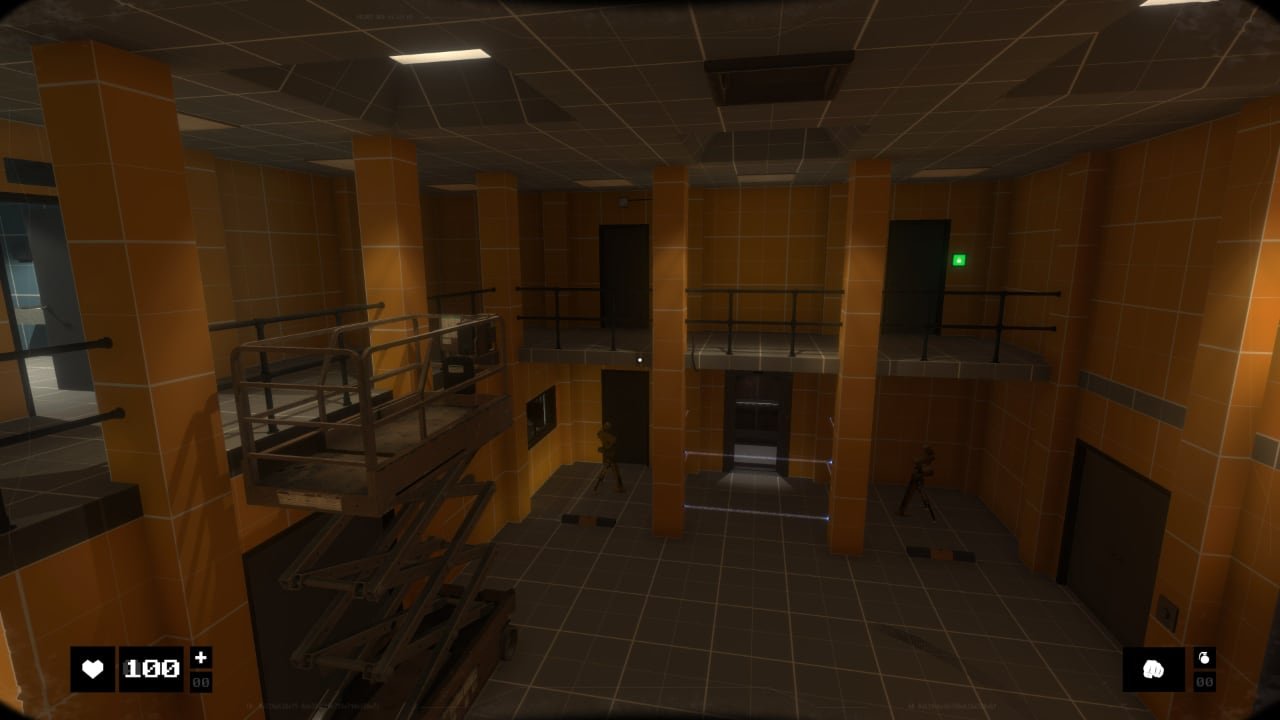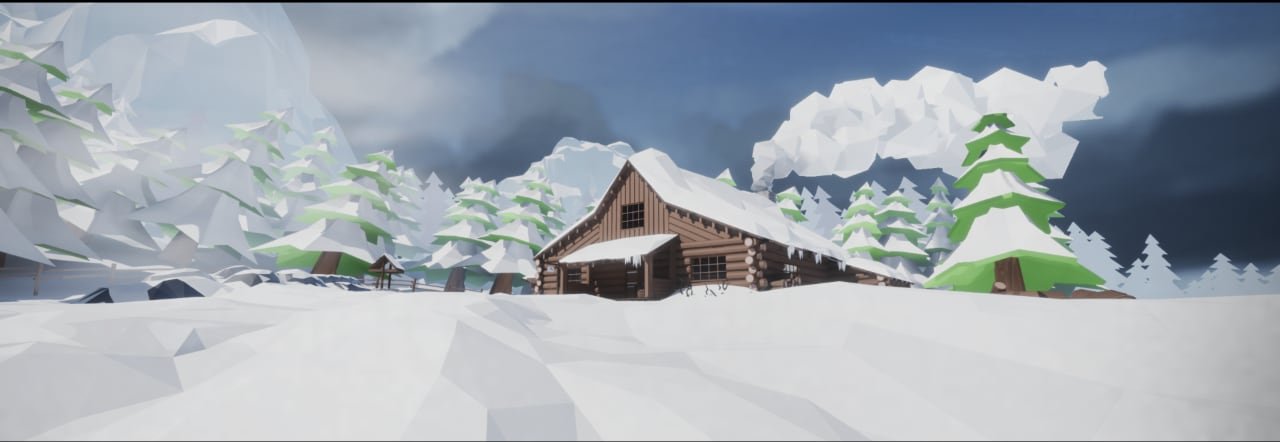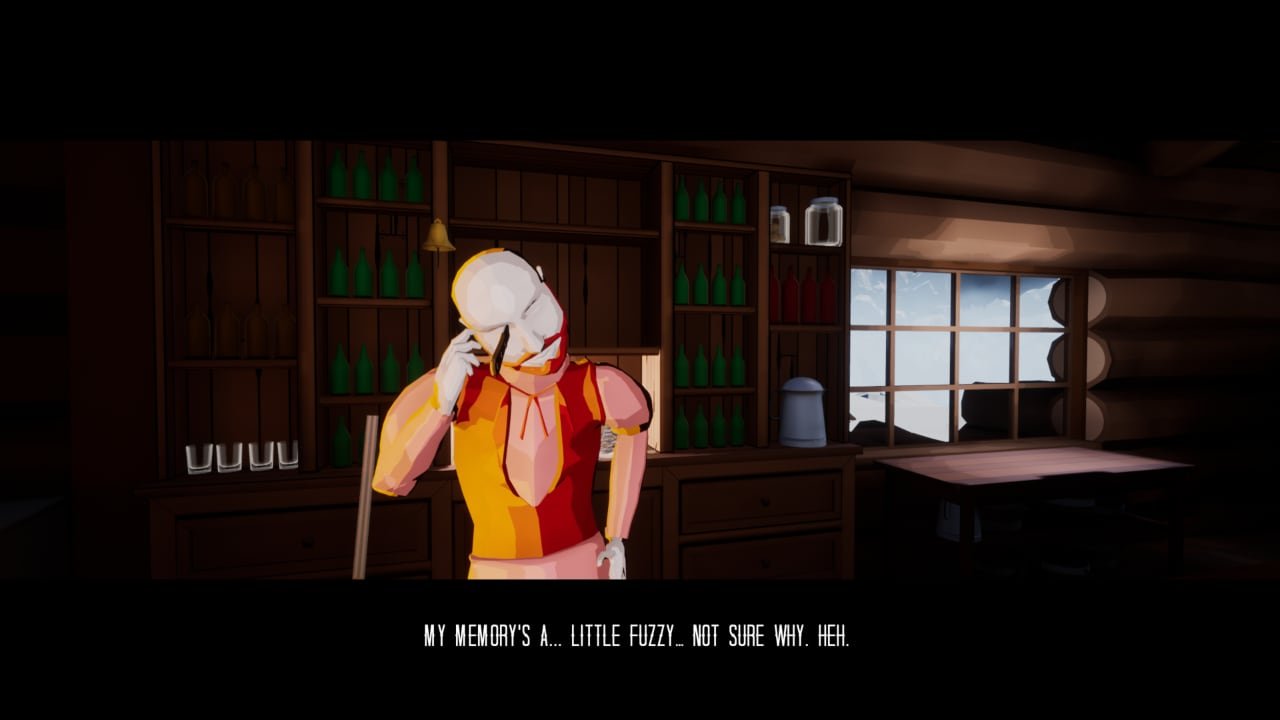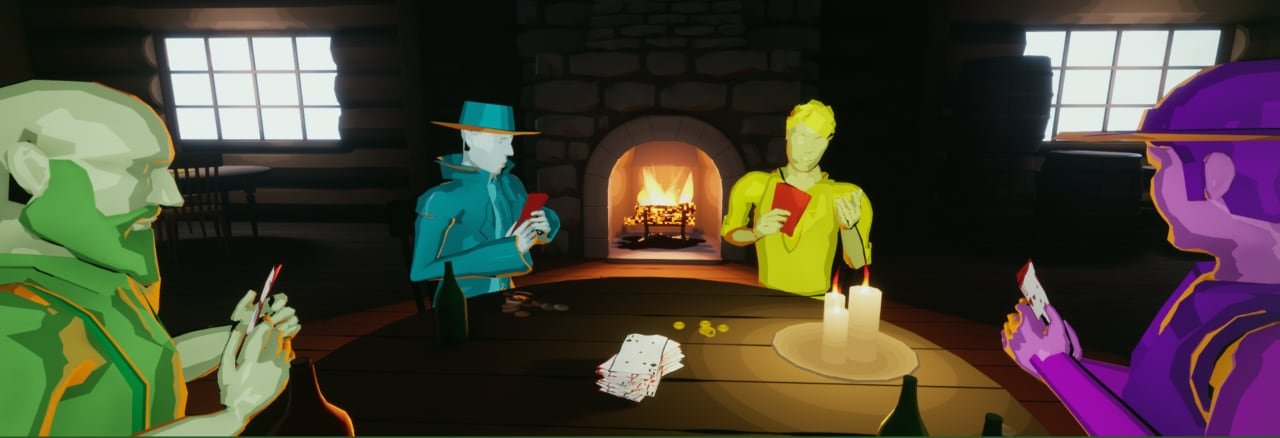
Telling Lies
Unravel a web of deceit in this mystery
Okay, kids, get out your pen and paper; you’re taking notes.
Telling Lies is a voyeuristic narrative full motion video game by Sam Barlow. You scan a government-collated database of recorded conversations, looking deeply into the stories of, and relationships between characters.

Surveillance Software
The game takes place in a “desktop simulator” that feels a bit like an Ubuntu Linux desktop environment. The meat of the game takes place by searching for clips in Retina, a pretty plausible piece of surveillence state government software. The videos you call up are, for the most part, one half of a two-way video call. Unhindered access to these personal videos is what makes the game ultimately feel voyeuristic. You know that you shouldn’t be watching this—these people didn't exactly consent to the government recordings. But, you just want to see how their stories unfold, and feel closer (or more distant) from some characters.
The game’s main character, David, is played by Logan Marshall-Green, supported by three other characters played by Alexandra Shipp, Kerry Bishé and Angela Sarafyan. David is a vastly complicated character and plays at the center of the giant nest of lies and half-truths that make up this story. I most closely followed the relationship between David and Ava (Alexandra Shipp’s character), a climate change protester that David gets quite close with.
The videos you find and watch feel, well, deeply personal. When you’re watching these actors in movies or on tv, they feel distant and non-impactful, no matter how compelling their delivery. Here, you almost feel them looking right at you, as they deliver their performances right into a camera for you to see. This delivery makes the videos feel truly raw—almost like they are government intercepted recordings of video chats—and can go on for minutes at a time.

The evolution of the story
Sam Barlow, the game’s director, is a master of non-linear stories. His first indie title, Her Story, uses a similar video query interface. Where Her Story first experimented with the mechanic—by querying and reviewing small segmented snippets of a few police interviews—Telling Lies evolves it. You’re now watching full videos, hunting for keywords that not only help you progress your understanding of the intertwined plots but also finding the other half of the call you’re watching—seeing the other side to the story.
Throughout the game, I filled up four pages of my notebook, covering anything from notes on characters, new keywords to search, to quick scribbles from piecing together sudden story revelations. You’ll want to take notes too, either using the in-game note tool, your own notes app, or classic, analog pen and paper. (I recommend the latter.)
You see, the story isn’t laid out on paper. Nothing exists to say, “here’s the plot.” The only thing that guides you is the game’s initial query of LOVE. This gives you a few videos to skim for keywords and gather your initial impressions. Then it’s up to you to build your knowledge and understanding of the characters, their relationships, and their stories, and uncover their lies and half-truths. My experience won’t be like yours—we might have different conclusions about people’s motivations here, and that’s what makes this interesting.
Gameplay Tip:
If you query a video and feel like you’ve missed something, you can always scrub backward to earlier points in the video to see more.
This game feels like a love story to FMV video games, an all but dead genre, and shows more games like this can exist today. Which is why I’m posting about it here—It’s not a true indie title, with a credits roll of hundreds, but it feels like an indie-scale game gone right. I want more things like this, and want to see more of this from small creators.
Telling Lies is available on Steam for Windows and macOS.
